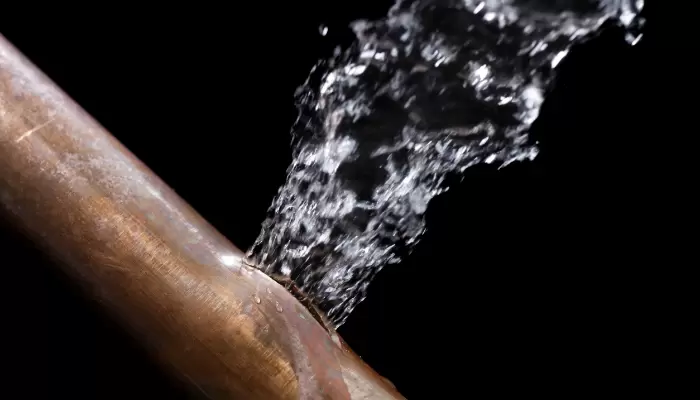Don’t Let the Frost Bite: How to Keep Your Pipes from Bursting in Freezing Temperatures

As winter's icy grip tightens, the last thing you want is a geyser erupting from your kitchen sink. Frozen pipes, a common winter woe, can lead to burst pipes and costly repairs. But fear not, fellow frost fighters! With a few proactive steps, you can keep your plumbing flowing smoothly throughout the coldest months.
Insulate Exposed Pipes
Think of your pipes as cozy scarves for your home's plumbing system. Exposed pipes in crawl spaces, attics, and exterior walls are prime targets for frost. Wrap them in pipe insulation sleeves or foam tape, readily available at most hardware stores. Remember, even a thin layer of insulation can make a big difference.
Seal the Leaks, Big and Small
Tiny leaks can turn into icy daggers, weakening pipes and increasing the risk of bursting. Inspect your plumbing system for leaks, especially around joints and connections. Fix any leaks promptly with plumber's tape or leak-repair clamps.
Let the Faucet Flow (a little)
This might seem counterintuitive, but keeping a trickle of water running in faucets furthest from the main shut-off valve can prevent freezing. The constant movement helps prevent ice from forming and potentially bursting the pipes.
Open the Cabinet Doors
Cabinets and vanities housing plumbing often lack proper air circulation, making them frost magnets. Keep those doors open to allow warm air to reach the pipes and prevent freezing. Bonus points for strategically placed space heaters!
Disconnect and Drain Outdoor Hoses and Faucets
Standing water in hoses and exterior faucets is an icy invitation for disaster. Disconnect and drain hoses, and turn off and drain hose bibs to prevent freezing and potential backflow into your home's plumbing system.
Keep the Thermostat Above Freezing
Maintaining a consistent temperature above freezing, even if you're away, is crucial. Set your thermostat to at least 55°F (13°C) and consider lowering it only slightly when you're out for short periods.
Bonus Tip: Know Your Shut-Off Valve
In case disaster strikes, knowing where your main water shut-off valve is located can save you precious time and minimize damage. Familiarity with individual shut-off valves for specific fixtures is also helpful.
By following these simple steps, you can rest assured that your pipes will weather the winter chill without a burst. Remember, prevention is key! So grab your insulation sleeves, crank up the thermostat, and give your plumbing system a little TLC. Your pipes will thank you for it.
Additional Resources:
- The American Red Cross: https://redcrosstexasgulfcoast.com/2022/12/22/red-cross-offers-tips-to-prevent-pipes-from-freezing-and-ways-to-thaw-them-if-frozen/
- The Insurance Institute for Business & Home Safety: https://ibhs.org/
- The National Association of Realtors®: https://www.realtor.com/advice/home-improvement/how-to-keep-pipes-from-freezing/
Stay warm and pipe-safe this winter!

